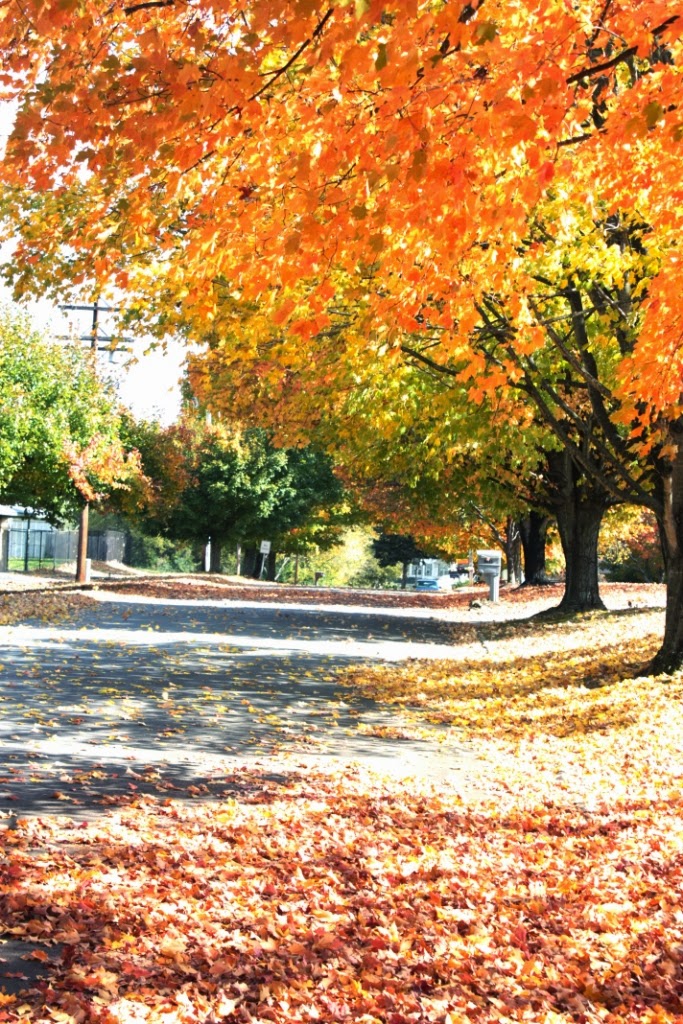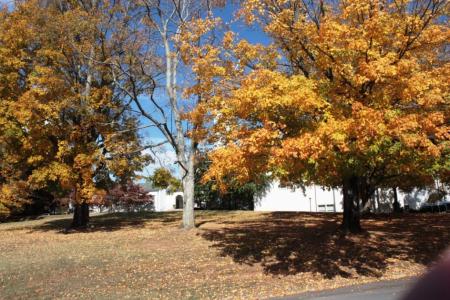When I was living in Tennessee, I noticed lots of things which were different to over here in England. One of those things was the trees. The trees are very different, all of them. They are all beautiful but different, rather like people! I noticed that there were many more trees in America but that they were being mown down to be replaced by buildings of concrete. You can see it clearly from the aeroplanes. When I first went over, I saw the roofs of the shopping malls and I thought they were large car parks, but the sheer expanse of concrete covering the earth is alarming.
Please stop it!
You don’t need to do so much building. When a shop goes out of business, you don’t need to move on and build more, you just need to revamp what you have. America is such a big country, huge, massive! that it is thought the land is endless but it isn’t. Pretty soon you will lose your trees if you don’t stop the endless building. I saw it at first hand. Living in Knoxville, we were on the west side. The east side came first, I believe and now a large part of that is derelict, just left to decay. Sad, very sad.
In England we have done the same in years gone by and that is why I say ‘stop it’ to you over there. Keep what you have and appreciate the beauty.
Here is a quote from one of my favourite books:
‘Over many centuries, ancient Britain was transformed from a land covered in natural forestation in which clearances were made to a ”land of clearance” with only isolated patches of forest. However, the average person still had the security of working the land. This changed drastically as the peasants were thrown off the land by the institution of the General Enclosures Act of 1845 and while Britain became dangerously deforested by the demands of industrialization, there was a rise in the amount of new species of trees planted as wealthy landowners landscaped their gardens and estates. On the one hand the rough grazing land of the peasants was taken from them, enclosed and cleared of growth for the plough, while on the other, having cleared so much land, landowners had to literally remake copses in order to house the game they kept for sport.
When timber became the long-term crop of private woodlands, new species of trees were introduced and established. These were mainly fir, larch and spruce, and they were planted alongside our fastest growing softwood, the Scot’s pine. During the twentieth century, great conifer plantations arose as a result of the need for quickly produced timber, especially during the times of world wars, after which they became purely commercial producers.
The Forestry Commission was founded in 1919, and it advised private landowners to acquire and plant trees on any land unsuitable for agriculture. While the Forestry Commission has been guilty of planting acres of sombre, uniform conifers, it has in fact also been successful in arresting the decline of many of our remaining deciduous forests, specifically the seven National Forest Parks. It is heartening to realise that a new generation of foresters (or woodmen) are now concentrating upon replacing areas of hardwood trees, for deciduous woodland shows the seasonal beauty of Nature in its fullest glory. New forests are being born out of sympathy with nature rather than for monetary gain and the skills and wisdoms of old are once more taking hold.’
from ‘Tree Wisdom’, by Jacqueline Memory Paterson


